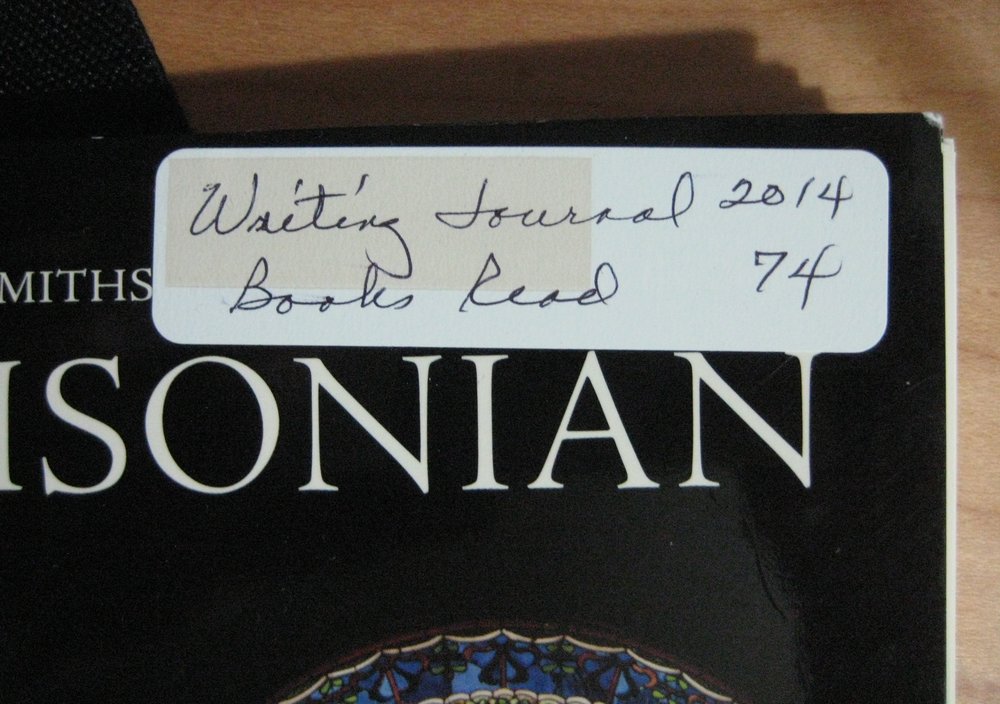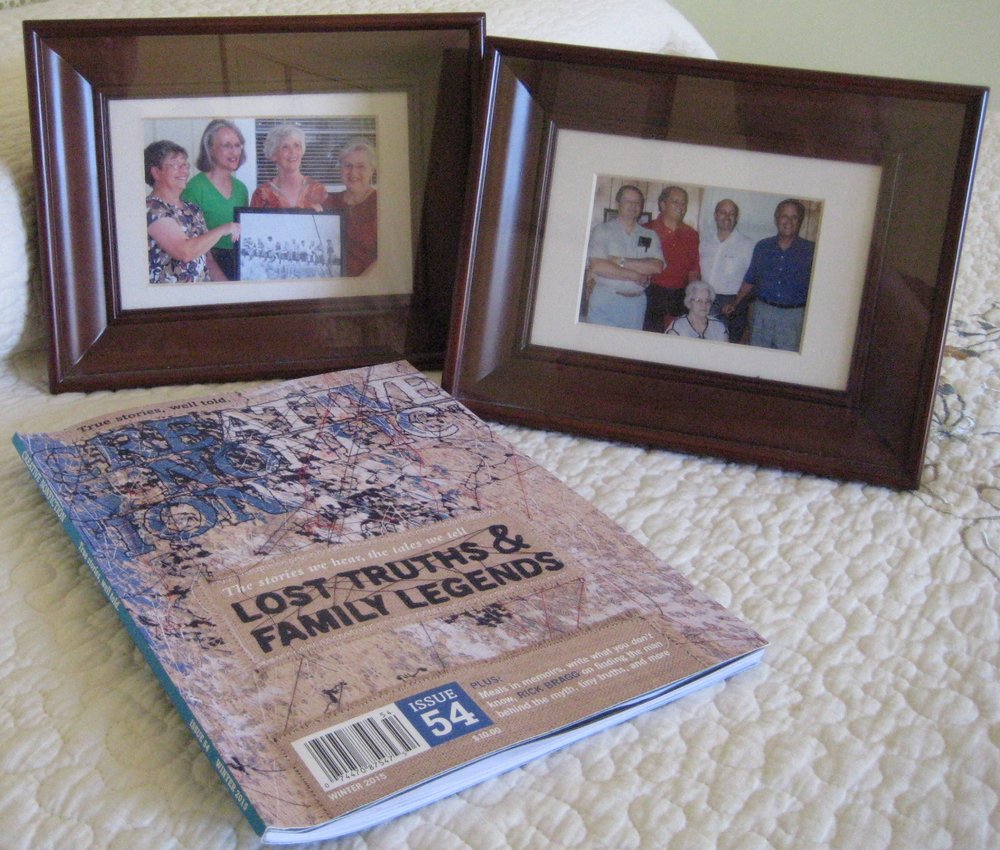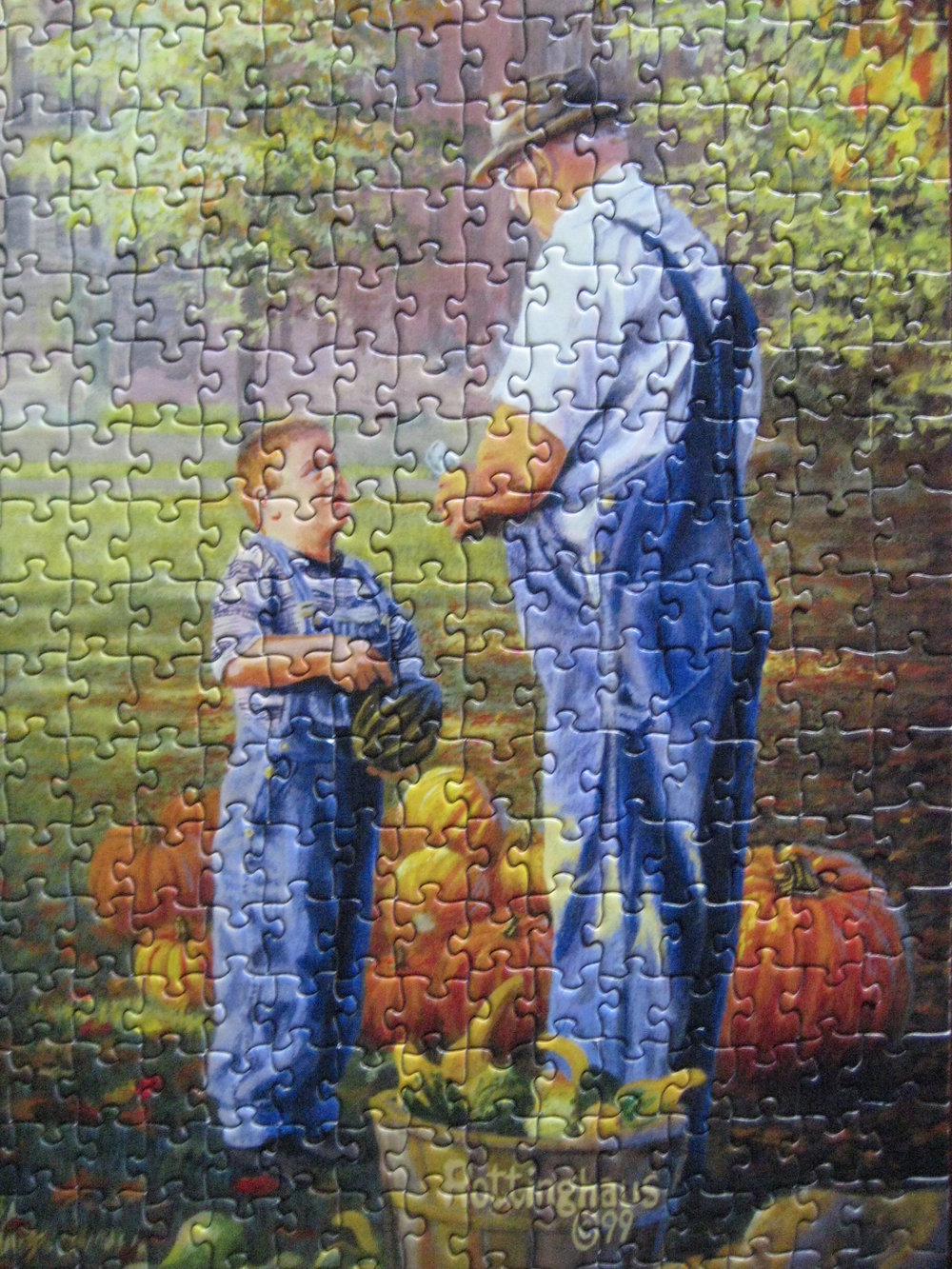 Hey, diddle diddle, Jack and Jill, Humpty Dumpty sat on a wall down at the station early in the morning hoping three bags full of wool from the baa, baa black sheep would break his fall. Give yourself a gold star if you get the references to five of the most humorous beginnings of an education.
Hey, diddle diddle, Jack and Jill, Humpty Dumpty sat on a wall down at the station early in the morning hoping three bags full of wool from the baa, baa black sheep would break his fall. Give yourself a gold star if you get the references to five of the most humorous beginnings of an education.
Take it from a longtime second grade teacher (fourteen years), by the time kids reached my class there was no difference between those who had solved the mystery called reading when they were four and those who had waited until they were six. There was an immense difference in those who had shared the pleasure of nursery rhymes with special adults or older siblings and those who had not.
That bit of philosophy came back to the forefront of my mind in the reception this past Saturday afternoon for Rosemary Wells in Hattiesburg’s own Oddfellows Gallery. Rosemary’s work includes a multitude of books featuring Yoko, Max and Ruby, and other characters, but I was drawn to and bought the Mother Goose books she illustrated.
Original paintings of her illustrations lined the walls of the gallery, hung just right for close examination with a code by the side of each piece of art listing the book and page number where it could be found. My friend and I joined a host of Hattiesburg residents of all ages poring over each picture to see if we could detect the medium used, find a bit of collage, or note how she used a line or two with her pen to give a character an attitude.
My friend suddenly stopped at a painting to explain how the picture looked just like her memories of living in Spain for many years. “They hung their laundry just like that above the rooftop,” she said, and then she added, “Wait, does that box say ‘Jabon’?” Quickly, she looked at the code, “p. 101, Here Comes Mother Goose.” I flipped open my book, and we read at the bottom, “El Jabon, La Luna, and La Camise.” The facing page had a line, “There I met a Spanish lady, washing her clothes at night.”
then she added, “Wait, does that box say ‘Jabon’?” Quickly, she looked at the code, “p. 101, Here Comes Mother Goose.” I flipped open my book, and we read at the bottom, “El Jabon, La Luna, and La Camise.” The facing page had a line, “There I met a Spanish lady, washing her clothes at night.”
The exhibit will remain at Oddfellows Gallery through the end of February and is worth a visit if you are in driving distance. Be  sure to look for the authentic Spanish lady and her laundry if you come.
sure to look for the authentic Spanish lady and her laundry if you come.
And if you can’t come, My Very First Mother Goose and Here Comes Mother Goose are available where good children’s books are sold. If not in stock, your friendly independent book store will be more than happy to order them for you. These simplest versions of standard and non-standard nursery rhymes will give your youngest preschoolers a delightful start on a good education.
























